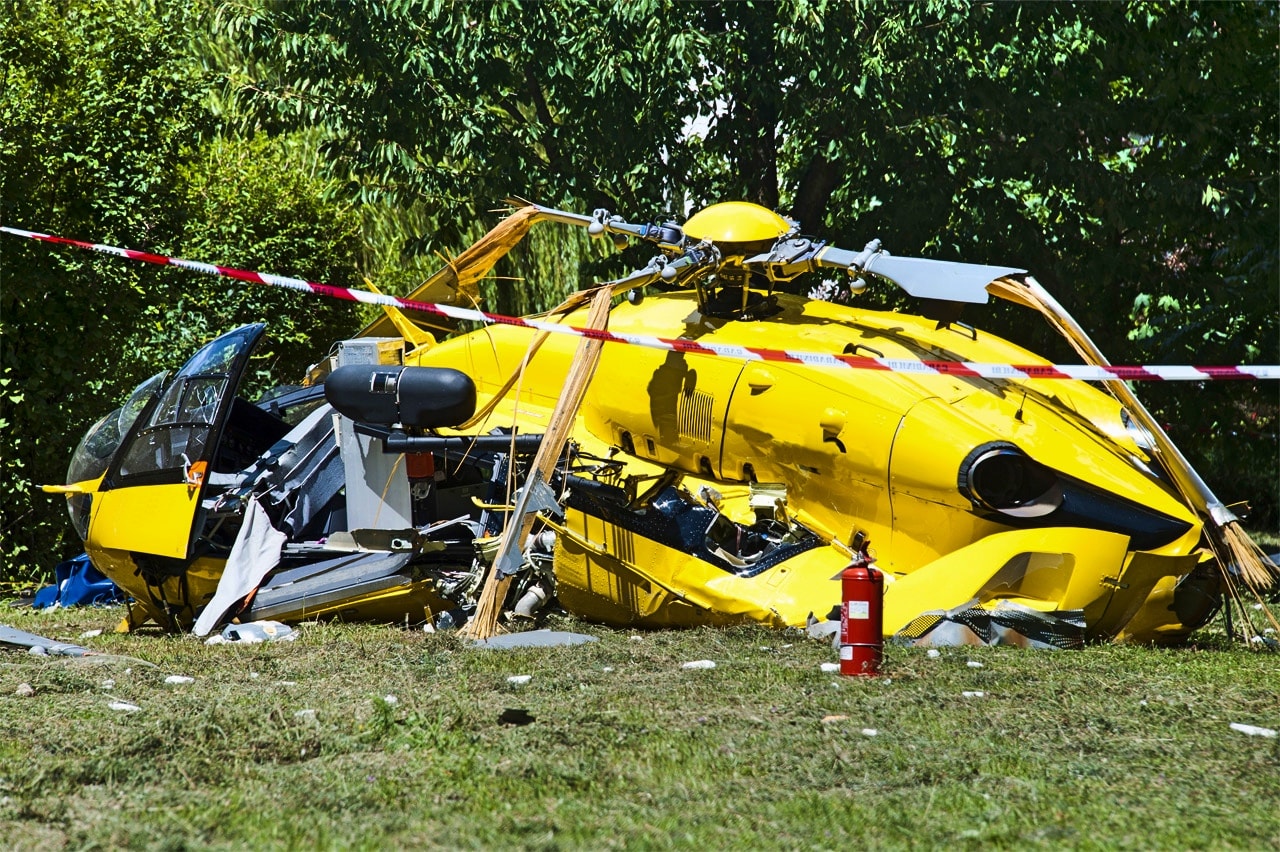A Fatal Helicopter Crash – 3D Laser Scanning Finds the Cause
3D Laser Scanning a Critical Factor in Identifying What Happened
August, 2015. Helicopter crashes in Germany
The immediate cause could not be determined. Equipment failure? Flock of bird’s impact? Terror? Pilot error? Weather?
The helicopter’s manufacturer wanted to know.
Otherwise, the manufacturer would probably suffer bad press. Possible lawsuits.
3D laser Scanning used to document the scene for analysis

3D Laser Scanning is a recognized tool to shorten the investigation time for fatal accidents. Especially as an alternate in trying to create difficult-to-diagram snapshot views from human observation.
A recent helicopter crash investigation is an excellent example on the breadth of a scene recreated with 3D Laser Scanning and modeling.
Use of a Focus3D X 330 HDR Scanner made a record of the accident scene. The Scanner has a range of up to 1080 feet making it ideal for an aerial scan. Investigators made six separate scans.
The scanning device captured not only the helicopter but also the surrounding topography, including damage to the trees from the crash.
3D Laser Scanning gave investigators data to generate an accurate computer model of the entire accident scene. The computer model eliminated the usual need to revisit the scene of the accident to answer additional questions rising from the investigation.
Accurate data obtained with 3D Scanning proved to be the critical first step on determining the sequence of events leading to the crash.
Processing the 3D scan data to create a digital model of the accident scene for analysis
Back in the lab, the six scans totaling more than 50 million points made up the submission to generate a computer model of the actual scene. The modeling process involved aligning and merging the scan sets into a polygon mesh.
Next step was to use animation software to allow viewing of the crash site from different angles. Investigators could digitally navigate around the crash scene and obtain views from different perspectives. Views that generally would not be available using human observation only.
The variety of animated views allowed analysts to obtain measurement data on the crash scene – for several probable helicopter collision paths, the damaged terrain surrounding the area, and the location of the wrecked helicopter.
With the measurement data from the most probable collision route along with other information available, investigators were able to make a determination on what was the cause of the helicopter crash.
Result – pilot error was the cause of the helicopter crash
The helicopter manufacturer expressed grief for the victims of the fatal crash but were pleased the cause of the accident was not due to a mechanical or electrical failure on the helicopter.
Testimonial from the lead investigator:
“3D Laser Scanning was instrumental in our analysis to identify the cause of the crash. No guesswork hampering the decision. We were able to accurately model the scene, make measurements, do an analysis on several collision paths, and generate the final report with computer sketches showing what happened.”
Investigators in our locale are using 3D Scanning to document major auto accidents for legal reasons and for an analysis to determine the probable cause. Click here to see one example of Arrival 3D scanning crime scenes in order to help police determine a case. For any and all of your 3D scanning and printing needs, Arrival 3D has you covered.
